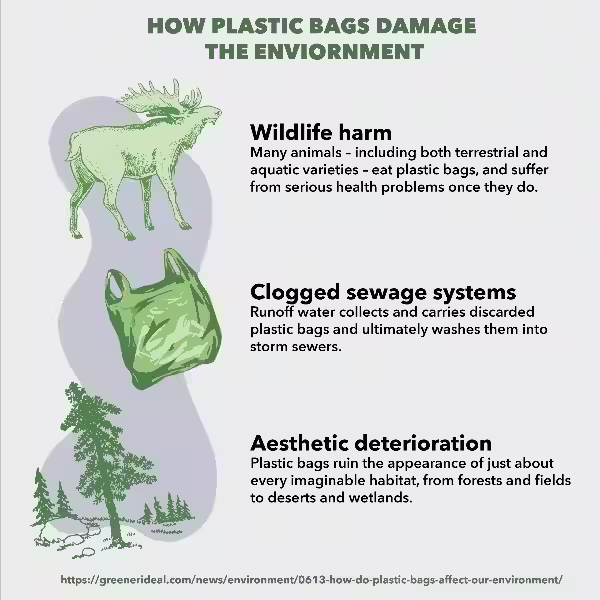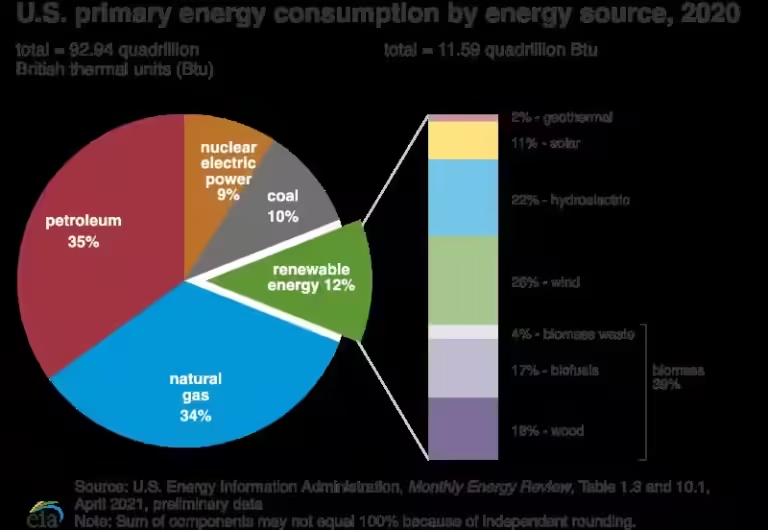The Silent Threat: Why Traditional Gas-Powered Cars Are Harmful to the Environment

The familiar hum of a gas-powered engine, the smell of gasoline, the satisfying click of the ignition – these are all things that many of us have grown accustomed to. But behind these seemingly harmless actions lies a truth that cannot be ignored: traditional gas-powered cars are a significant threat to our environment. From the moment we turn the key, we unleash a cascade of harmful emissions that contribute to a growing global crisis.
While the car itself may appear harmless, the fuel that powers it, fossil fuels, is a major culprit. These fuels, formed over millions of years from decomposed organic matter, release a deadly cocktail of pollutants when burned. These pollutants are not only harmful to our health but also contribute to climate change, leading to extreme weather events, rising sea levels, and other devastating consequences.
The Invisible Enemy: Emissions from Gas-Powered Cars
The exhaust fumes that spew from a gas-powered car's tailpipe are a potent mix of harmful substances. Here's a breakdown of some of the most concerning pollutants:
Carbon Dioxide (CO2): The Climate Change Culprit
CO2 is the primary greenhouse gas emitted by gas-powered cars. It traps heat in the atmosphere, leading to a gradual warming of the planet. This warming effect, known as the greenhouse effect, has far-reaching consequences for our planet, including melting glaciers, rising sea levels, and more frequent and intense weather events.
Nitrogen Oxides (NOx): Air Pollution and Respiratory Problems
NOx are a family of gases that contribute to smog and acid rain. They also irritate the respiratory system, leading to breathing difficulties, asthma, and other health problems. NOx emissions from cars are a major source of air pollution in urban areas.
Particulate Matter (PM): Tiny Particles with Big Impacts
PM consists of microscopic particles that can be inhaled deep into the lungs, causing respiratory problems, cardiovascular disease, and even cancer. Gas-powered cars release PM into the air, particularly older vehicles that lack modern emissions control technology.
Beyond Emissions: The Environmental Footprint of Gas-Powered Cars
The environmental impact of gas-powered cars extends beyond their tailpipe emissions. The production, transportation, and disposal of these vehicles also contribute to environmental problems.
Fossil Fuel Extraction: A Resource-Intensive Process
The extraction of fossil fuels, such as oil and natural gas, has a significant environmental impact. It involves deforestation, habitat destruction, and the potential for oil spills and other accidents. The extraction process also releases greenhouse gases, further contributing to climate change.
Vehicle Manufacturing and Disposal: Environmental Challenges
The manufacturing of gas-powered cars requires a vast amount of resources, including metals, plastics, and energy. This process generates waste and pollution. When these vehicles reach the end of their life, their disposal adds to the problem of e-waste, a growing environmental concern.
The Shift Towards a Sustainable Future: The Rise of Electric Vehicles
The environmental harm caused by traditional gas-powered cars has led to a growing movement toward electric vehicles. These vehicles offer a clean and sustainable alternative to their gasoline-burning counterparts.
Electric vehicles produce zero tailpipe emissions, meaning they don't release the harmful pollutants that contribute to air pollution and climate change. They also run on electricity, which can be generated from renewable sources like solar and wind power, further reducing their environmental impact.
The Transition is Not Without Challenges
While electric vehicles offer a promising solution to the environmental problems associated with gas-powered cars, they are not without their own challenges.
The production of electric vehicle batteries requires resources, such as lithium and cobalt, that can have their own environmental impacts. Additionally, charging infrastructure needs to be expanded to make electric vehicles more accessible.
The Future of Transportation: Embracing a Sustainable Path
The transition from gas-powered cars to electric vehicles is a crucial step towards a cleaner and more sustainable future. While there are challenges to overcome, the benefits of electric vehicles far outweigh their drawbacks.
By choosing electric vehicles, we can reduce our reliance on fossil fuels, improve air quality, and mitigate the effects of climate change. This is a collective responsibility that we must embrace to protect our planet for current and future generations.
Frequently Asked Questions about Traditional Gas-Powered Cars
Are gas-powered cars bad for the environment?
Yes, gas-powered cars are harmful to the environment. They release harmful pollutants into the air, contributing to climate change and air pollution.
Why are gas cars bad for the environment?
- Greenhouse Gas Emissions: Gas cars release carbon dioxide and other greenhouse gases into the atmosphere, contributing to global warming.
- Air Pollution: They also emit pollutants like nitrogen oxides and particulate matter, which can harm human health and the environment.
- Dependence on Fossil Fuels: Gas cars rely on finite fossil fuels, which are non-renewable resources.
What are the alternatives to gas-powered cars?
Electric vehicles (EVs) are a cleaner alternative to gas-powered cars. They produce zero tailpipe emissions and can be powered by renewable energy sources.
Are electric cars perfect?
While electric cars offer significant environmental benefits, they also have their challenges. These include:
- Battery Range and Charging Infrastructure: EVs have limited range compared to gas cars and require charging infrastructure.
- Battery Production and Disposal: The production and disposal of EV batteries raise environmental concerns.
- Electricity Generation: The electricity used to charge EVs can still be generated from fossil fuels.








